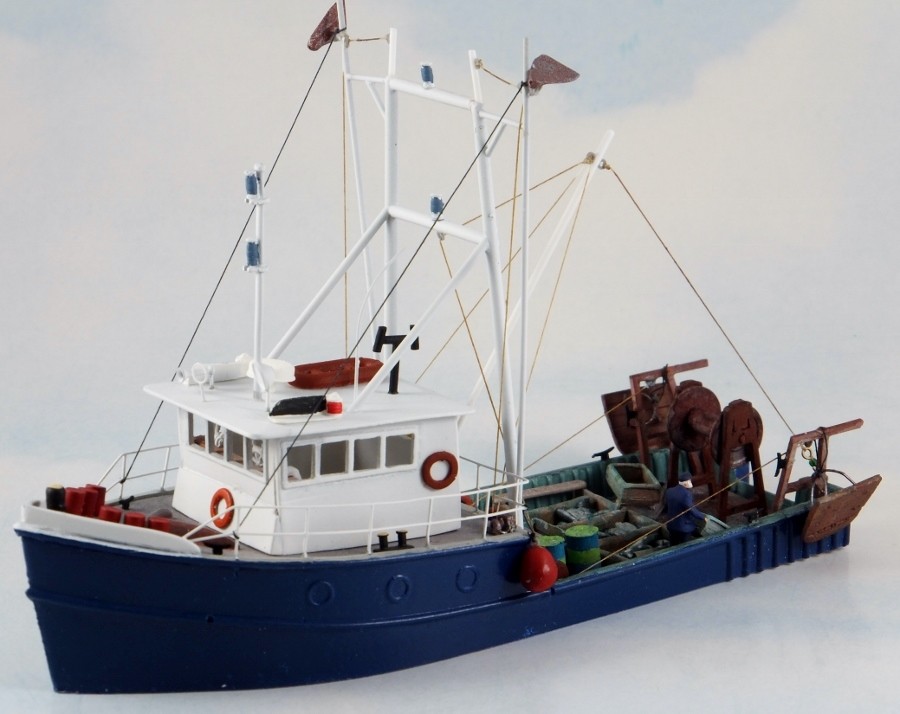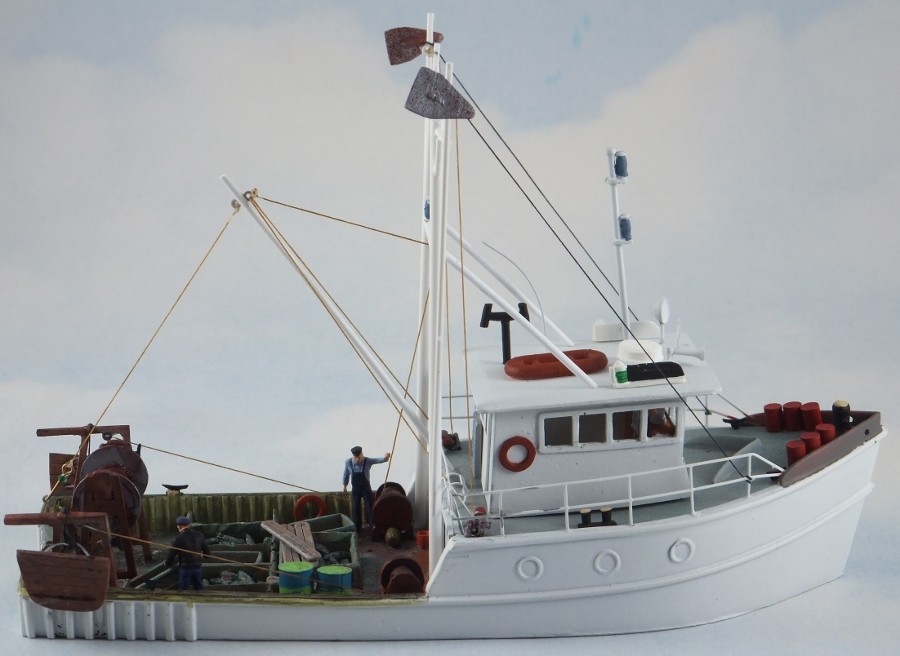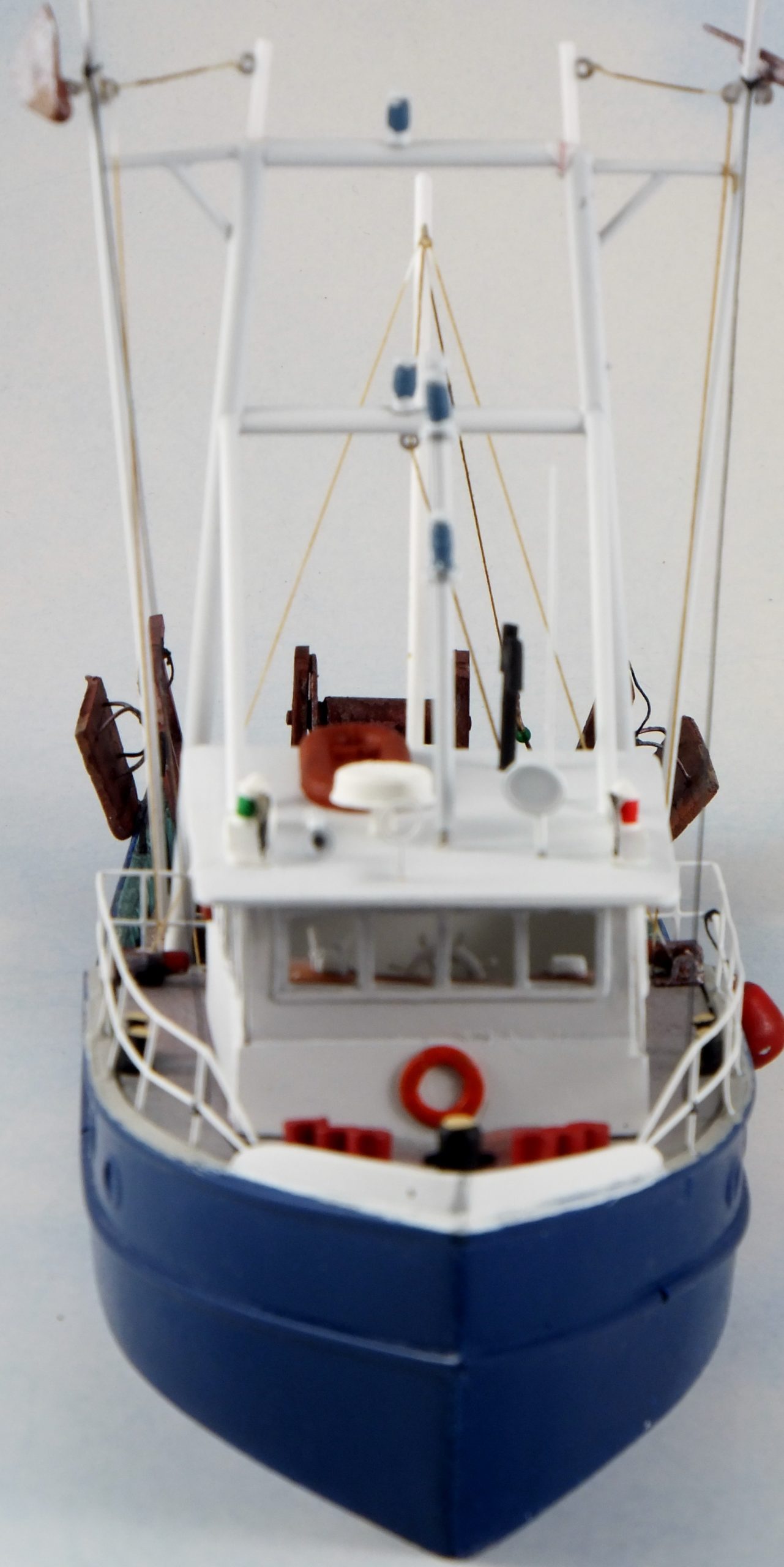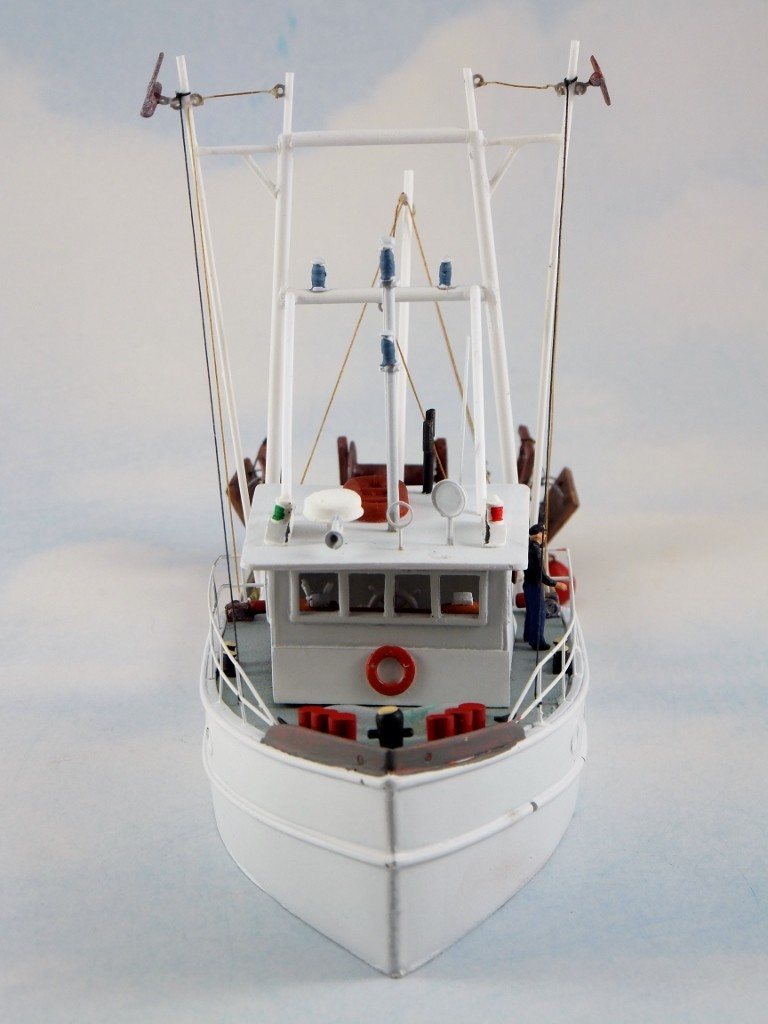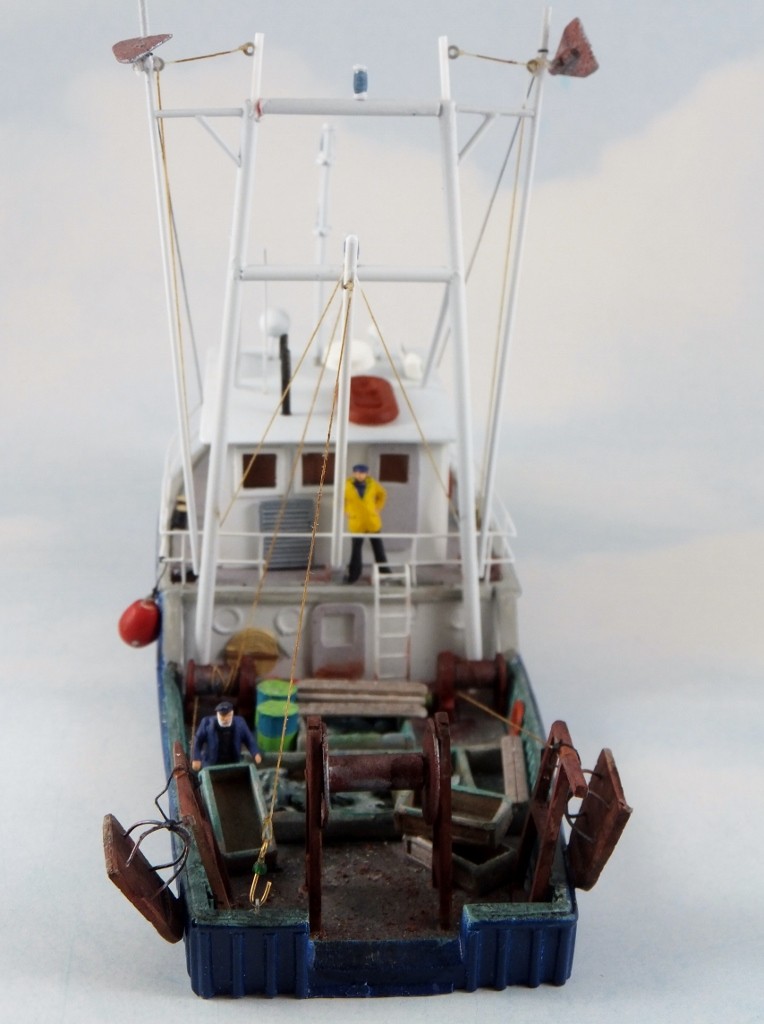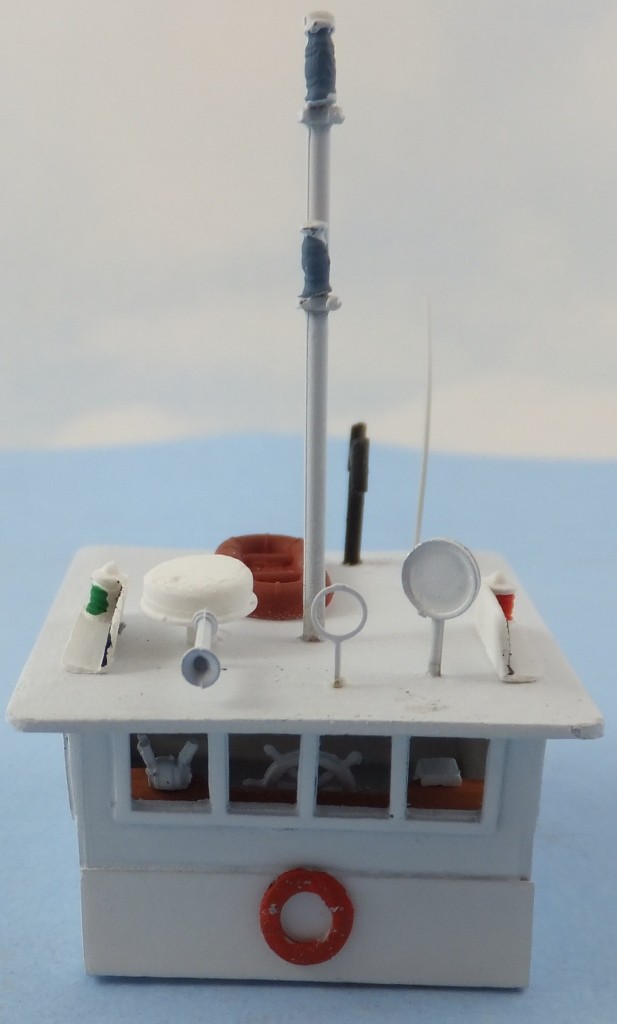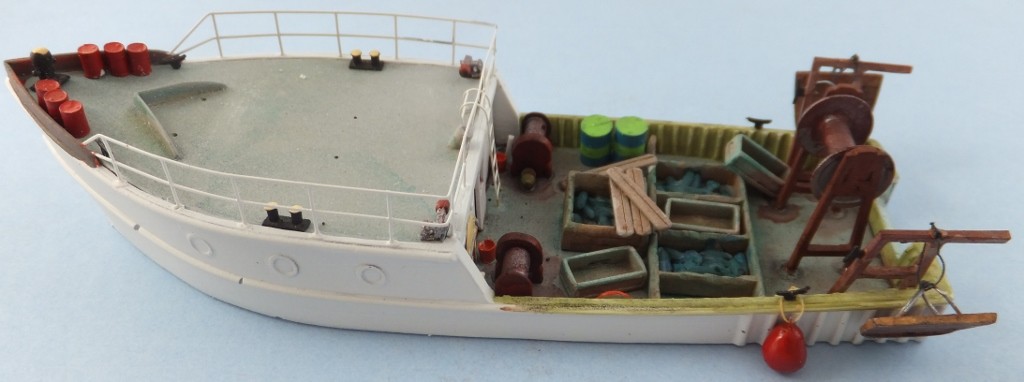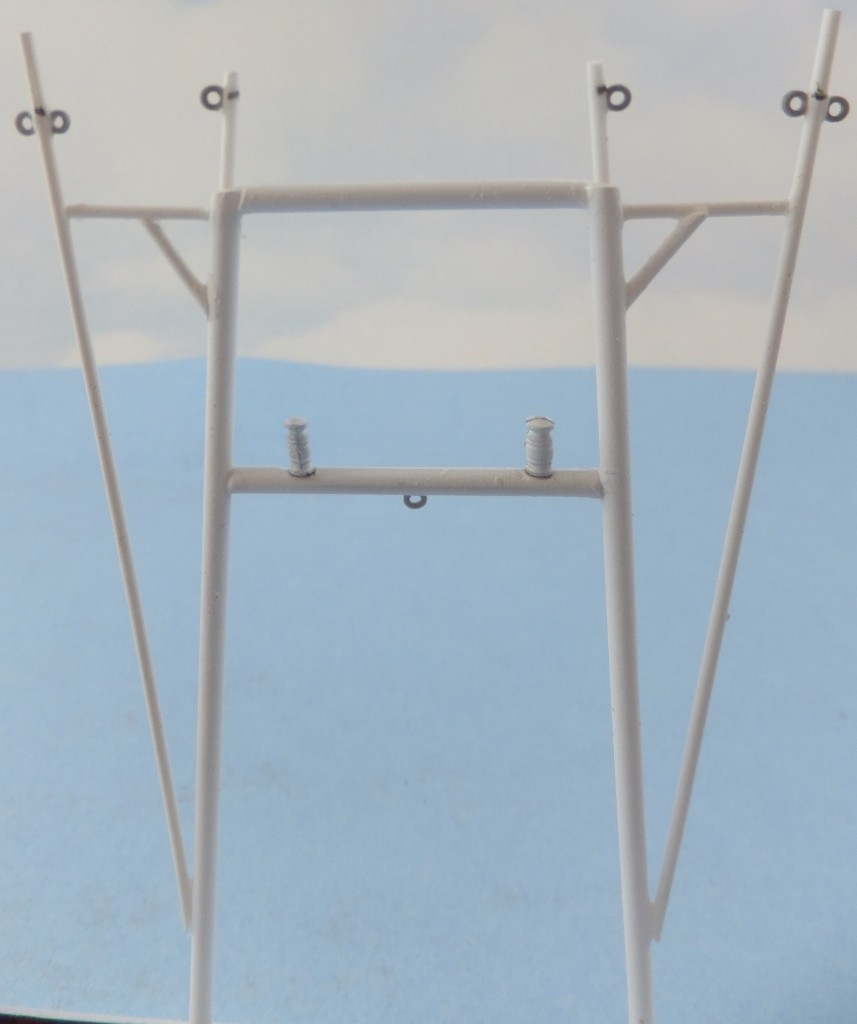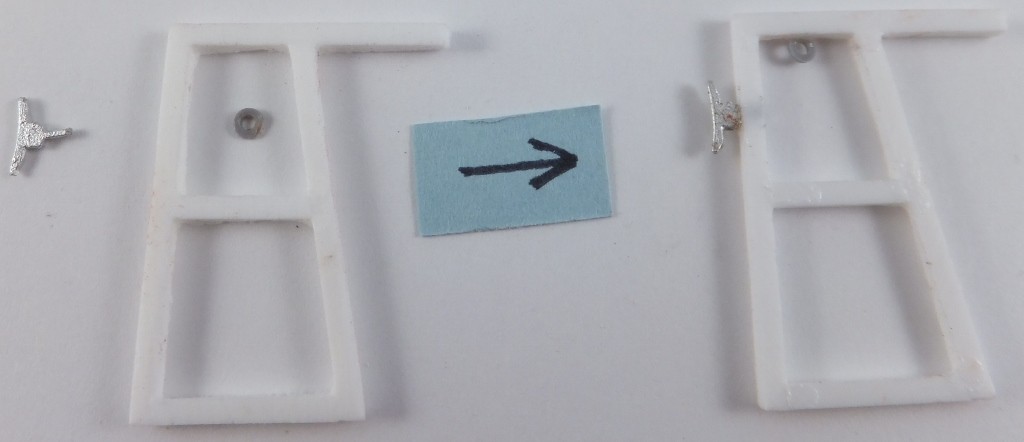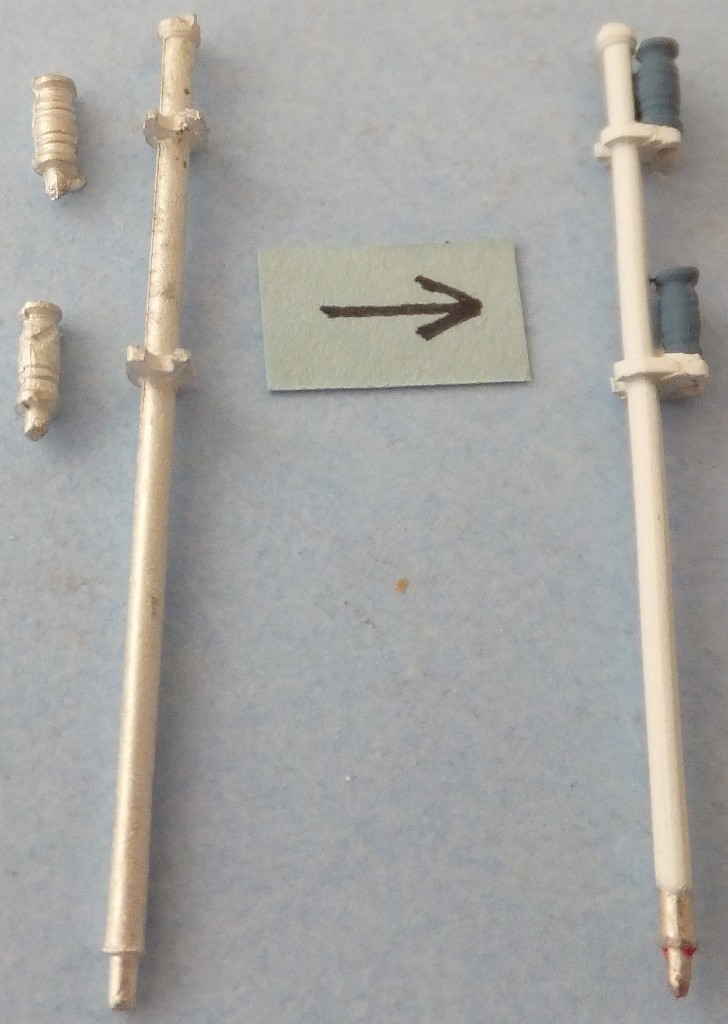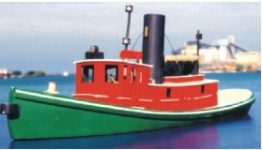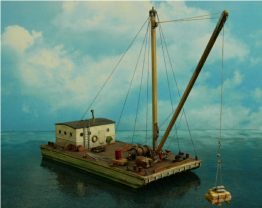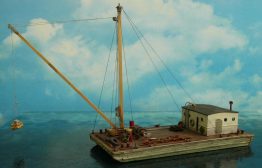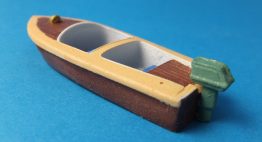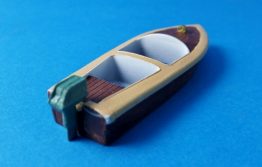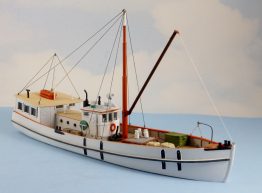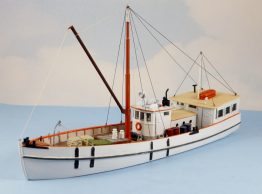Description
Our HO Scale Vessel waterline Kit the 51′ Western Dragger H160 is one fabulous resin kit!
*Note: People figures not included.
This waterline kit is supplied with a hollow resin hull, etched brass ladders & railings, resin pilot house, and high quality pewter & resin fittings/castings, many of which have been designed specifically for this kit.
This kit is designed to give the modeler the best advantages in building and finishing a terrific model. All of the original patterns were made in our shop with reference to the details of several prototypes and much research in books, museums, photographs and conversations with master modelers.
The modeler has a great chance to weather and configure the vessel as having done some serious work or in pristine condition just after being launched. Some part modification (sanding or filing) might be required on the wood, resin & metal parts for satisfactory fit.
All of our resin parts are hand molded from high quality resin that is tough, durable, machinable, and paintable.
Our Craftsman kits are freelance designs that incorporate features from some prototype vessels.
No model shipbuilding skills are required for our kits. Kits include all parts necessary for assembly,
as well as detailed drawings, instruction sheets and finishing instructions.
Note: Kit not subject to any promotional discount.
Brief history of the Western-rig or Stonington draggers:
Fishing schooners and Eastern-rig draggers that evolved from the schooners had deck & helm arrangements that had changed little since the earliest days of sail. With engine power came pilothouses, but auxiliary schooners and Eastern-rigged vessels still kept the helm, at the stern of the vessel, where it was close to the rudder. However as fishing became more powered the pilot houses could be placed anywhere on the deck.
In the 1920s Western-rig draggers, having pilot houses forward, were becoming popular along coastal Connecticut and then into New Bedford. For many years these vessels continued to fish by lowering their nets over the sides. It wasn’t until after World War II that the Net reel and stern dragging caught on the West Coast USA. It wasn’t until after the early 1960s that the net wheel stern dragger became an east coast vessel.
This is how you would go fishing in this trawler, or any trawler for that matter.
The boat slows to 1 or 2 knots. The net is unreeled off the net wheel. Net wheel is hydraulically operated. Once the net is in the water a crew man attaches the “wings” of the net to the “doors”. Once the doors are attached the crew men simultaneously release the brakes on both main winches. Both doors will now enter the water at the same time.
The heavy doors drag the net to the ocean bottom while the vessel is still moving forward until they sense the net & doors have made it to the bottom. They then apply the brakes to the winches and start dragging the net along the ocean bottom
Once the net is deemed “full of fish” the winches draw in the cable until the doors come up to the blocks on the gallows frames. The doors get chained to an eye on the gallows frames. The crew take a line from the “wings” on the net and tie them to the net reel. They start drawing in the net onto the net reel until the “cod end” (the part where all the fish are) has come to the surface.
The crew now connects the “Gilson hook” (attached to the hauling boom) on to the end and hoists it aboard the vessel. The checkerboards are set at the stern ramp etc. to contain the catch. They empty the cod end onto the deck. Fish are now sorted, cleaned & iced down, and the crew either reset the net or reel it onto the net reel. Done fishing! The Western-rig dragger was also adopted by the scalloping fleet. They do not need the net reel as they merely drop dredges over the stern of the vessel and hauled.
